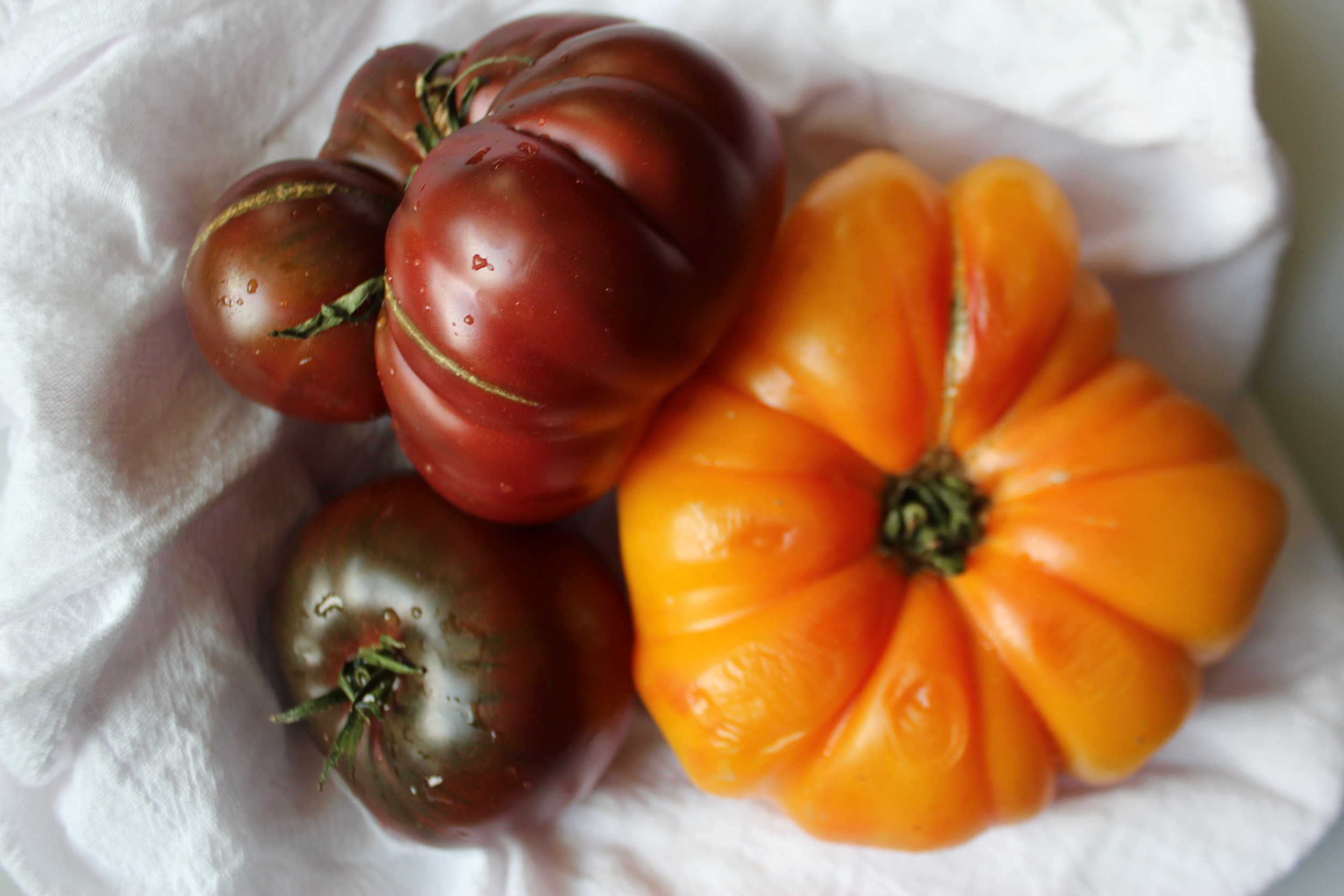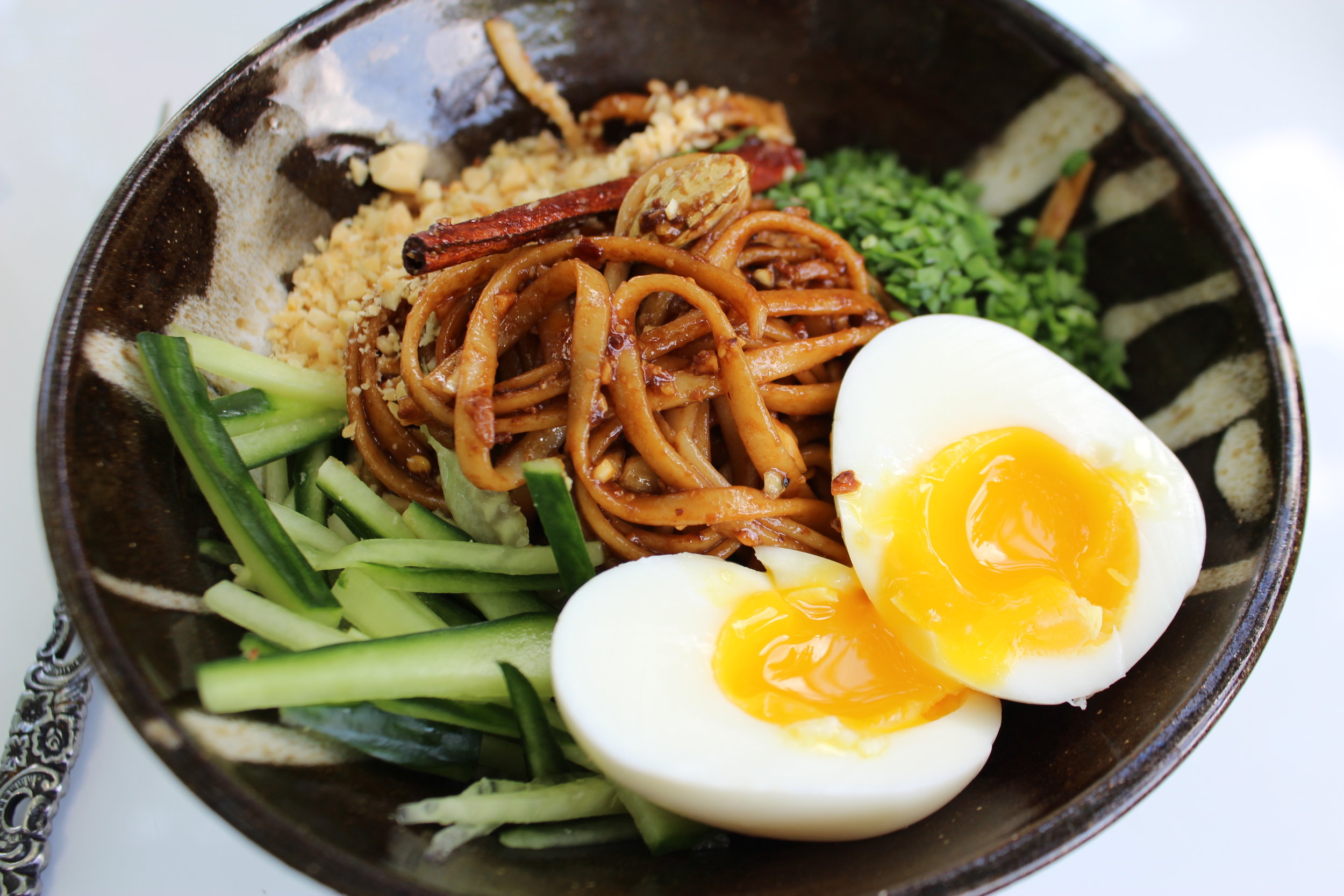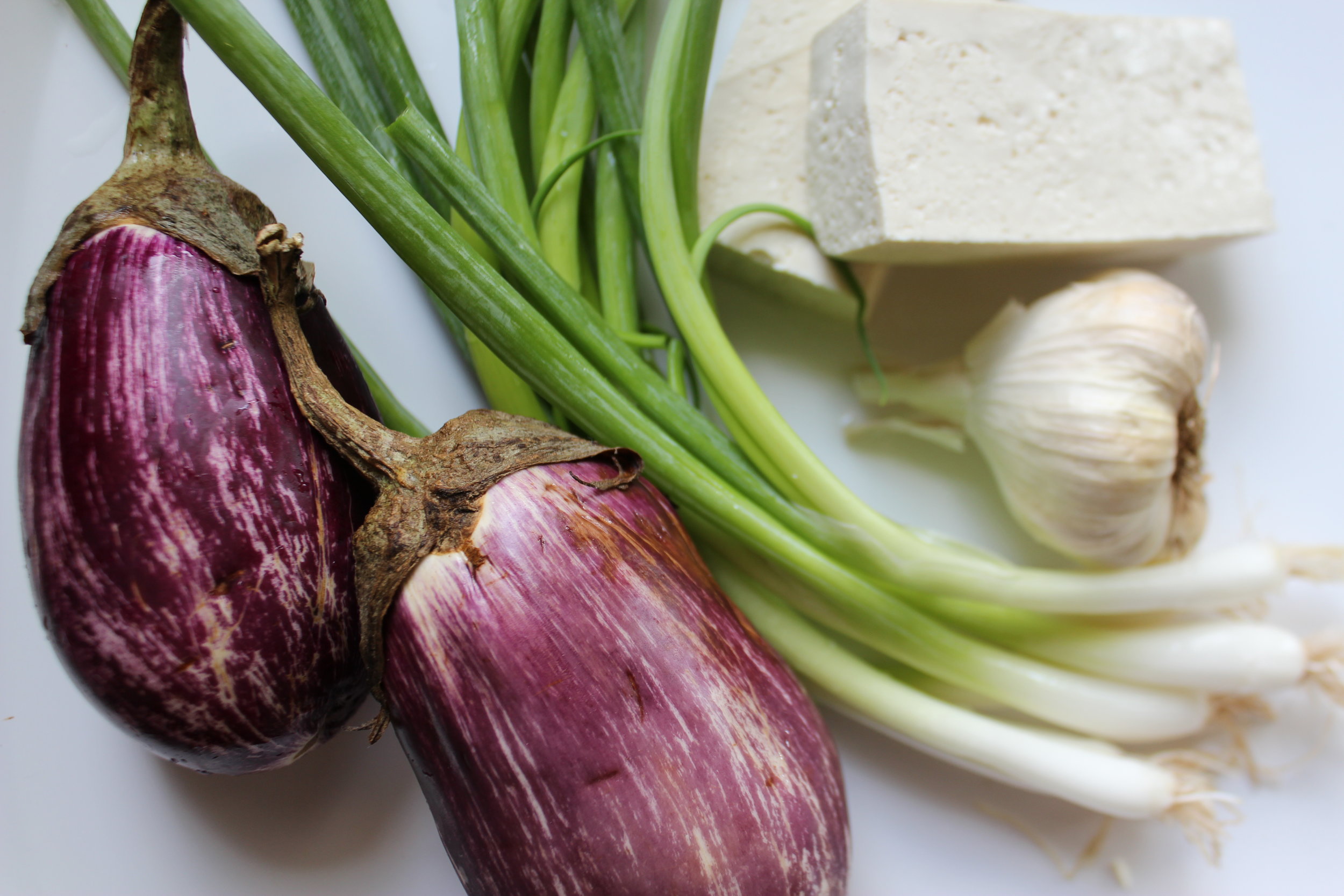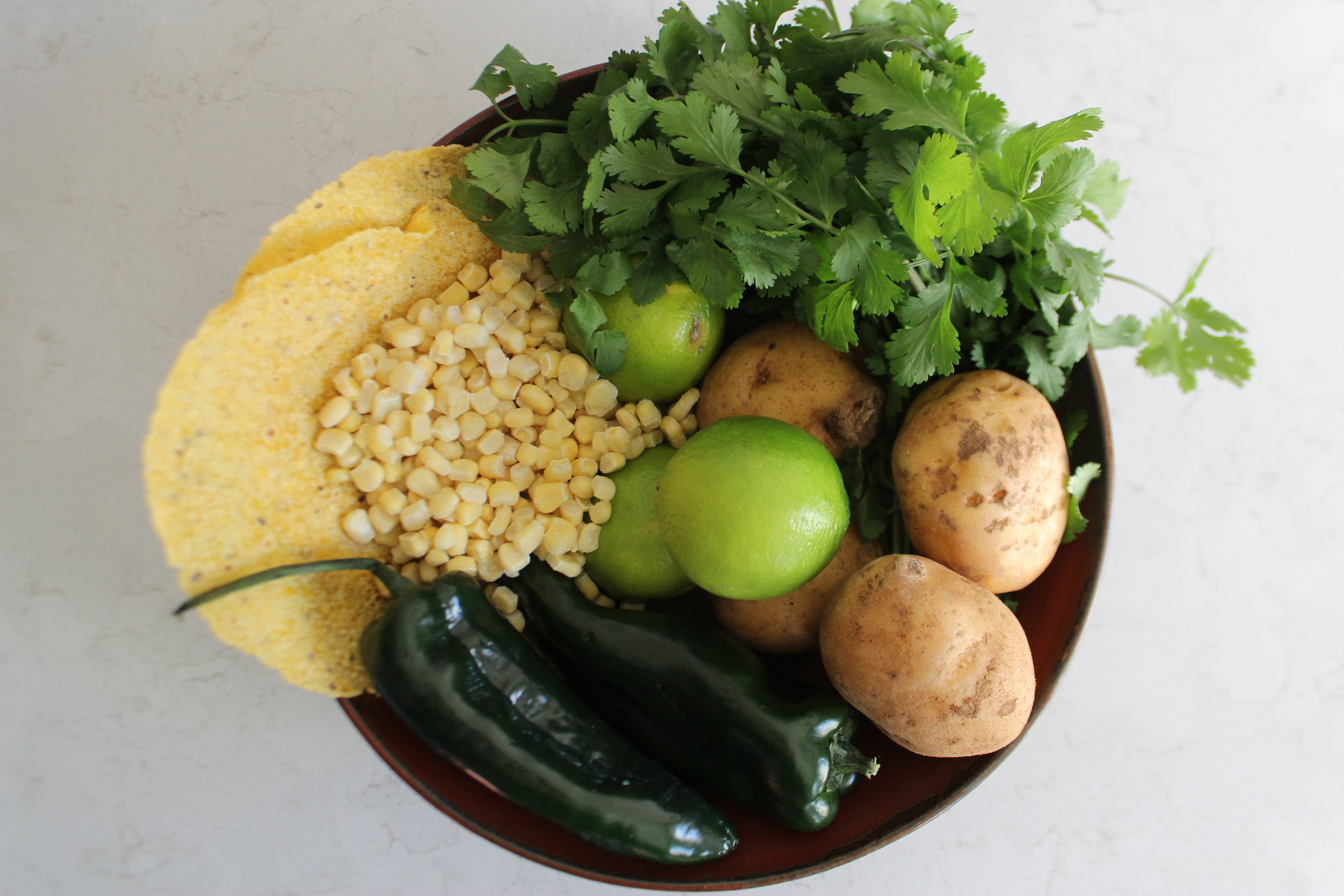A bit about me…
I am a personal chef and culinary instructor with a passion for wellness and education.
I strive to help clients find health and joy through food and cooking, and I thrive in interactive settings where I can share my knowledge and learn from students. I love providing personalized service to my private clients who welcome me into their kitchens weekly. I believe that a vibrant, hands-on, healthy food culture is a pillar of strong bodies, minds, families, and communities.
How I got to now…
In 2003, I graduated from the Chef Training Program at the Natural Gourmet Institute, a groundbreaking culinary school in New York. The school focused not only on culinary technique and know-how, but emphasized the crucial connections between our food systems, diet, health and healing, and environmental ecology.
I am committed to providing educational experiences that touch on all these topics and meet my clients at the intersection of their tastes, dietary needs, and health goals. I look forward to each new delicious adventure that comes my way.
I call Minneapolis my home and joyfully rotate through mothering, making new connections, feeding friends and family, and meditating with my mark-making creations.
Health - Rachel





